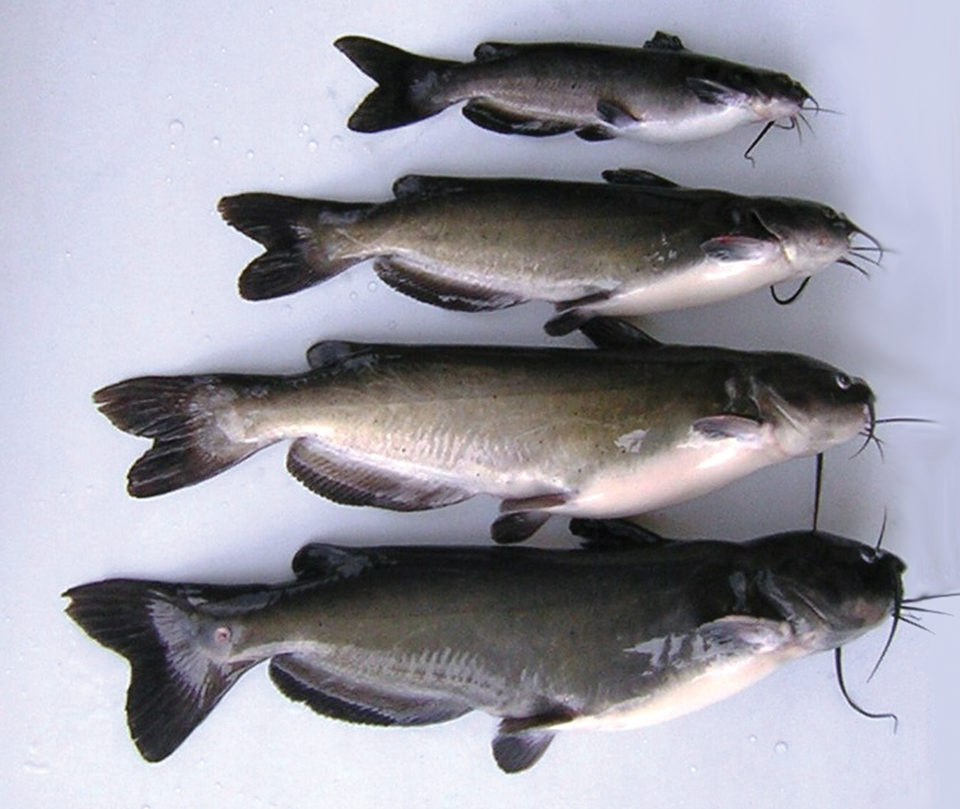
Life History The spawning behavior of blue catfish appears to be similar to that of channel catfish. Blue Crab Life Cycle.
Blue catfish live nine to 10 years on average though some have been known to live up to 25 years.
Blue catfish life cycle. Life History The spawning behavior of blue catfish appears to be similar to that of channel catfish. However most blue catfish are not sexually mature until they reach about 24 inches in length. Like channel catfish the blue catfish pursues a varied diet but it tends to eat fish earlier in life.
The Blue Morpho Butterfly life cycle is the same as all butterflies. During the life cycle the larvae can be referred to as the baby. What is the normal life span of a Catfish.
The growth rate of blue catfish is more rapid than that of the channel catfish and is nearly equal to that of the flathead catfish. In the wild they can live to be at least 21 years old. Blue catfish have an average life expectancy of 9 to 10 years but can live to ages upward of twenty years.
Their life expectancy does not exceed 25 years a record set in Virginia in the Rappahannock River. Life expectancies can range from river to river with rivers in Virginia being better suited at producing older and larger catfish. Blue catfish usually live 9 to 10 years but they can live up to twenty years.
The oldest known blue catfish was found in Rappahannock River in Virginia and lived to be 25 years old. Their life expectancy can range from river to river with rivers in Virginia being better suited at producing older and larger catfish. Blue Crab Life Cycle.
Female blue crabs mate only once in their lives when they become sexually mature immediately following their pubertal molt immediately following this molt the female is known as a sook When approaching this pubertal molt females release a pheromone in their urine which attracts males. Electric Blue Crayfish are very hardy despite its delicate looks. They adapt well to nearly any setting.
Lifespan of Blue crayfish Like most species of crayfish the lifespan of the Electric Blue Crayfish is about five or six years which is relatively long. Description of the Blue Catfish. Despite the name this species is not drastically blue in color.
Instead its skin has more of a dark grey-blue coloration. Additionally the skin on its sides has a silver coloration and the underbelly is white. Like all catfish it has whisker-like barbels or fleshy growths on its face.
The blue catfish apparently is somewhat migratory moving seasonally in response to changes in water temperature. In the lower Mississippi River it moves farther down river where the water is warmest in winter and it runs upstream in summer. In our part of the country blue catfish spawn in late spring or early summer probably May and June.
These are the end result of the parasites life cycle and often appear 2 to 3 months after initial infection. In 2001 Julia Whitaker and four other researchers. The bluegill is a species of freshwater fish sometimes referred to as bream brim sunny or copper nose or perch as is common in Texas.
It is a member of the sunfish family Centrarchidae of the order Perciformes. It is native to North America and lives in streams rivers lakes and ponds. It is commonly found east of the Rockies.
It usually hides around and inside old tree stumps and other underwater. Blue catfish live nine to 10 years on average though some have been known to live up to 25 years. Blue catfish are a popular recreational catch.
The largest blue catfish caught in Maryland weighed 84 pounds and was caught in the Potomac River in 2012. Goliath catfish has revealed that the dorados full life-cycle migration stretches more than 7200 miles in length. Fabrizio a professor and chair of the Fisheries Science Department at VIMS says Habitats with salinities higher than 9 psu likely will not support the full life-cycle of blue catfish but the.
In Nepal and Fabrizios experiments blue catfish held at 10 psu showed low consumption rates slow growth and low body condition. Fabrizio a professor and chair of the Fisheries Science Department at VIMS says Habitats with salinities higher than 9 psu likely will not support the full life-cycle of blue catfish but the fish may use salinities up to 10 psu for foraging dispersal and even.